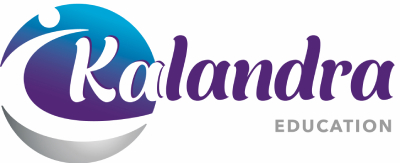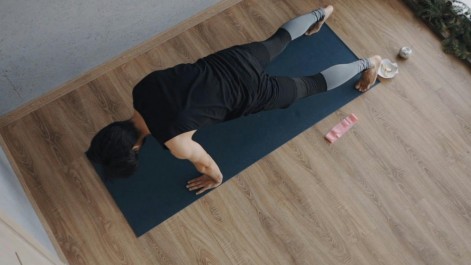Neck & Back Pain
By Alexander Slesarenko
Jane is a 37-year-old HCA who experienced severe back pain for 3 days since her last shift when she decided to move a client alone. She was in a hurry and the facility were understaffed.
Her pain has a shooting character and is going down to the thigh and foot. Today it was difficult to get out of the bed, so she decided to call the rest home and take sick leave.
Thomas is a 29-year-old caregiver with acute back pain which was present after carrying a wheelchair client to and from the car.
It is painful for him to bend down and to his right side as well. Panadol is giving only short and mild relief. He can walk but all his movements are painful.
Amarita is a middle-aged nurse who is working hard to support her children who need money for study. She usually does double shifts and has a lack of sleep. She often sleeps in a chair and is now suffering a neck pain. Recently she felt a strange numbness and tingling in her right arm.
Causes of back and neck pain can be from:
Mechanical: Muscle strains; Disc Herniation/Protrusion; Vertebral Compression Fracture; scoliosis; spondylolisthesis; Sacroiliac joint dysfunction.
Degenerative: Osteoarthritis; radiculopathy; spinal stenosis; Cauda equine compression. Osteomyelitis; Metastases of Cancer.
Rheumatological causes.
Common conditions causing low back pain can be job dissatisfaction; twisting; excessive, continuous vibration at the job; heavy lifting; stress on the back or stress and depression.
The normal intervertebral disc is composed of two layers: the inner layer is soft, gelatinous tissue called the nucleus pulposus and an outer layer is called the annulus fibrosus which is strong and thick.
The discs between the vertebrae are round, cushioning pads which absorb the shock and resist compression. A lumbar, or lumbosacral disc herniation could affect the nerve roots.
Central treatment for disc herniation is usually emergency surgery. Timing of surgery decides the outcome, however early surgery has the best prognosis for recovery of bladder and bowel function.
The causes and treatment of neck pain are when patients complain of numbness, paraesthesia and radiculopathy which is a shooting pain that radiates from the neck to the arm. A patient will have unilateral arm pain, numbness and tingling in a specific dermatome in the hand.
A safe way to remember the sensation of the cervical nerve roots is:
C5 – shoulder area; C6 – thumb area; C7 – middle finger; C8 – little finger.
Questions to ask for neck and/or shoulder pain are:
Do symptoms improve by raising of the shoulder and placing the hand over the head?
If yes – the pain has a cervical spine origin.
If the pain is more when you move the shoulder it has shoulder origin.
Red flag signs and symptoms are neurologic deficits like muscle weakness, gait disturbance, saddle anaesthesia, bowel or bladder dysfunction, fever, unexpected weight loss and severe nocturnal pain.
The proper body mechanics if you are working as a Health Care Assistant are
- Set your feet in a solid wide base.
- Keep your centre of gravity low.
- Keep your head upright and hold your shoulders back
- Keep your back straight.
- Keep the patient close to your body
- Bend your knees and use the momentum from your legs and not your back to move or lift the patient
- Don’t twist, pivot instead
Importantly please remember that when you are working with a client that you must warn them of any movement and be careful of them, as well as yourself.
Back to Blog







